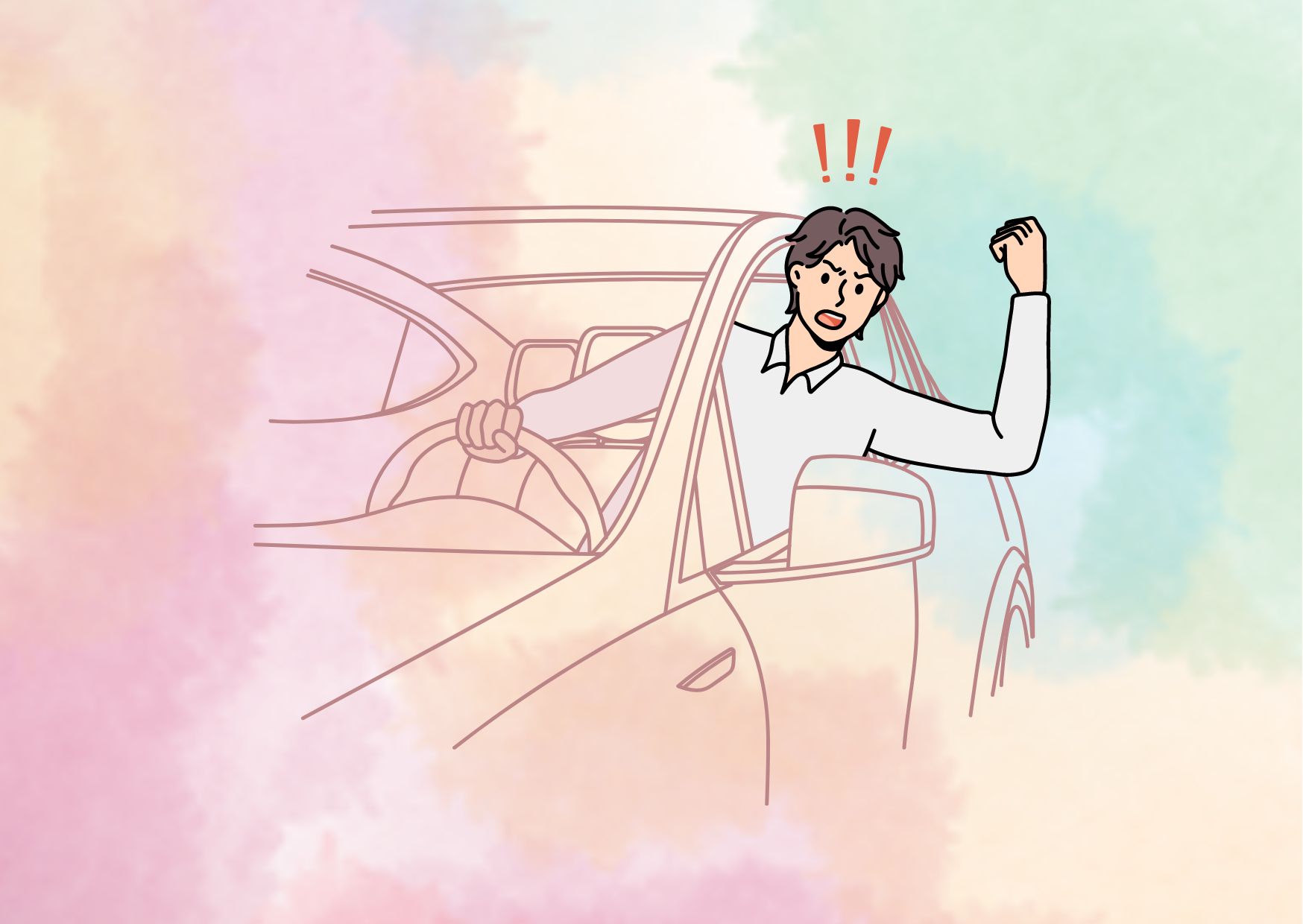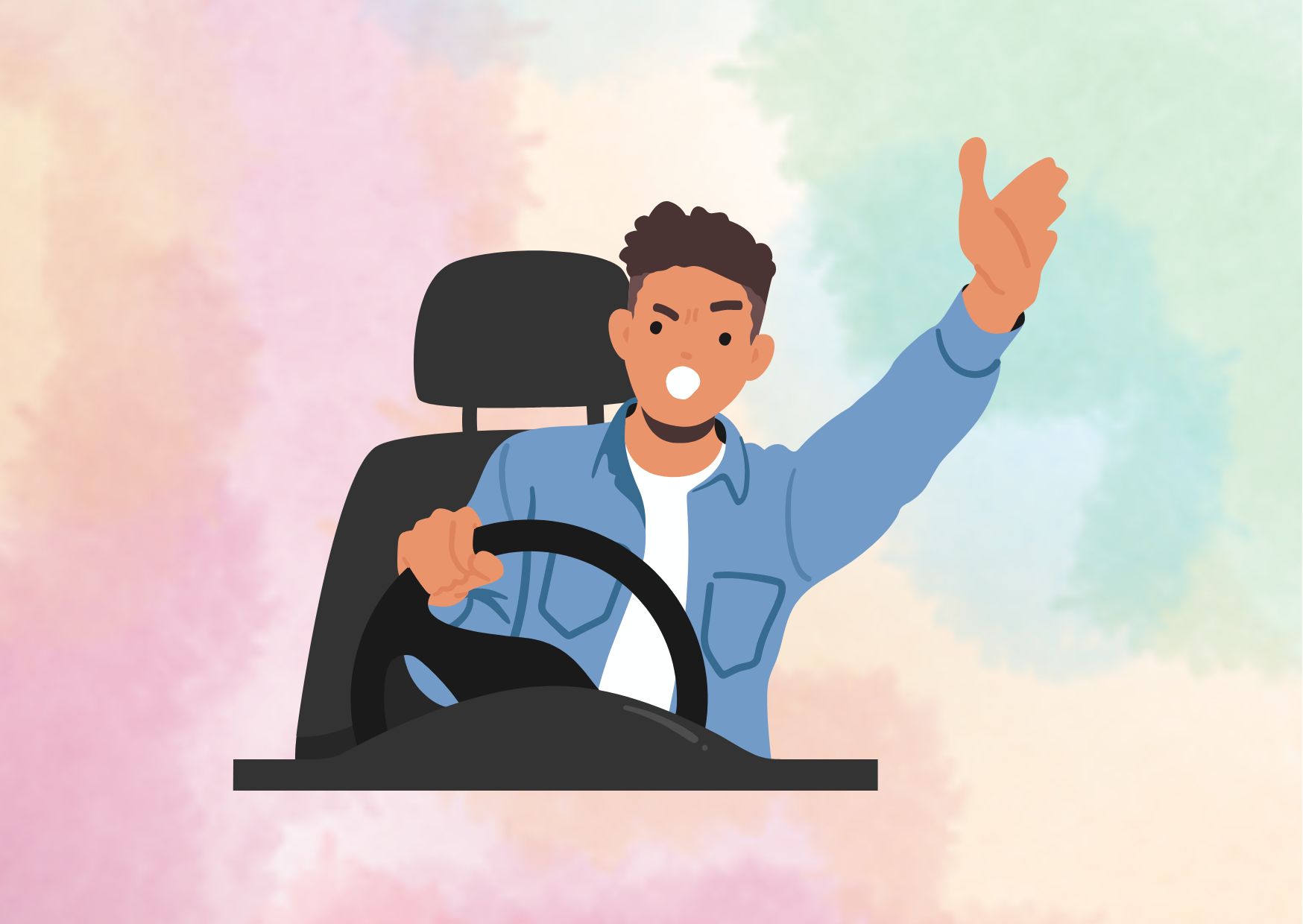5 Psychological Factors Behind Road Rage
Road rage, a phenomenon often witnessed on roads and highways, is a manifestation of uncontrolled anger and aggressive driving behavior. Fueled by a complex interplay of psychological factors, it poses a significant threat not only to the offenders but also to fellow motorists and pedestrians. As anger management becomes increasingly crucial on congested roads, understanding the root causes and triggers of road rage is paramount for developing effective prevention strategies.
This comprehensive article delves into the psychological underpinnings of road rage, exploring its catalysts, sociocultural influences, and gender disparities. Furthermore, it examines the grave consequences of this hazardous conduct and provides insightful coping mechanisms to mitigate the risks associated with reckless and dangerous driving. By unraveling the mindset behind road rage, we aim to shed light on this pressing issue and promote a safer, more harmonious driving experience for all.
Understanding Road Rage
Definition and Characteristics of Road Rage
Road rage, an aggressive and often violent behavior exhibited by drivers on the road, has become an unfortunate and widespread phenomenon in our society. It is typically characterized by uncontrolled anger and aggressive driving behaviors, such as speeding, tailgating, slamming brakes, and making rude gestures or obscene hand signals towards other motorists. While there is no formal psychological definition, road rage generally refers to a range of behaviors that can escalate from minor infractions to potentially life-threatening situations.
Common examples of road rage include:
- Speeding through busy traffic
- Moving dangerously through traffic
- Running red lights
- Tailgating other vehicles
- Slamming on brakes abruptly
- Screaming or yelling at other drivers
- Forcing other vehicles off the road
In extreme cases, road rage can manifest as using one’s vehicle as a weapon, leading to physical altercations or even fatal incidents.
Psychological Factors Contributing to Road Rage
The root causes of road rage are multifaceted and stem from a complex interplay of psychological factors. Some of the key contributors include:
- Anger Proneness: Individuals who are generally more prone to anger and have difficulty managing their emotions are more likely to exhibit road rage behaviors. Their tendency to experience intense anger can be exacerbated by the stressors of driving.
- Anonymity Behind the Wheel: The perceived anonymity of being inside a vehicle can create a sense of detachment from others on the road, leading some drivers to feel more comfortable expressing their anger without fear of immediate consequences.
- Emotional Coping Mechanisms: Those who tend to deal with stress and frustration through emotional outbursts rather than problem-solving strategies are more susceptible to road rage incidents.
- Mental Health Conditions: Certain mental health conditions, such as alcohol use disorder or other underlying psychological issues, can increase the likelihood of aggressive driving behaviors.
- Traffic Situations: Specific traffic situations, such as congestion, running late, or encountering inconsiderate drivers, can act as triggers for those prone to road rage, amplifying their frustration and anger.
Impact on Individuals and Society
Road rage has far-reaching consequences that extend beyond the individual drivers involved. It poses significant risks to public safety and can have detrimental effects on both individuals and society as a whole.
- Increased Risk of Accidents: Aggressive driving behaviors associated with road rage, such as speeding, tailgating, and reckless lane changes, significantly increase the likelihood of accidents, putting the lives of drivers, passengers, and pedestrians at risk.
- Physical and Emotional Harm: Road rage incidents can escalate to physical altercations, leading to injuries or even fatalities. Additionally, the emotional trauma and stress experienced by victims can have long-lasting psychological impacts.
- Legal Consequences: Engaging in road rage behaviors can result in legal repercussions, including fines, license suspension, or even criminal charges, depending on the severity of the incident.
- Societal Costs: The economic and societal costs associated with road rage incidents, including property damage, medical expenses, and lost productivity, can be substantial and place a burden on communities and healthcare systems.
By understanding the definition, characteristics, psychological factors, and impacts of road rage, we can better address this pressing issue and work towards creating safer and more harmonious driving environments for all.
Triggers and Catalysts
Traffic Congestion and Overcrowding
Road rage is often fueled by the frustration and stress caused by traffic congestion and overcrowding on the roads. Sitting in bumper-to-bumper traffic for an extended period can be mentally taxing, especially when running late for an appointment or trying to reach a destination on time. The feeling of being stuck in gridlock, with no control over the situation, can trigger intense anger and aggression in some drivers.
- Delays and Travel Times: Traffic jams and unexpected delays can create a tense atmosphere, magnifying small irritations into full-blown anger or even road rage incidents. The longer the delay, the higher the likelihood of drivers becoming impatient and resorting to aggressive driving behaviors.
- Overcrowded Roads: Heavily congested roads with a high volume of vehicles can increase the chances of close calls, near-misses, and unexpected maneuvers by other drivers. This heightened sense of danger and unpredictability can incite fear and anger, potentially leading to road rage incidents.
- Perceived Lack of Progress: The feeling of being stuck in traffic with no visible progress can be incredibly frustrating, especially when drivers have a sense of urgency or a tight schedule. This perceived lack of progress can contribute to a buildup of stress and anger.
Inconsiderate Driving Behaviors
Rude, inconsiderate, or reckless driving behaviors exhibited by other motorists can act as significant triggers for road rage. When drivers perceive that their space on the road is being disrespected or their safety is being compromised, they may react with anger and aggression.
- Cutting Off or Tailgating: Drivers who cut off others or tailgate too closely can provoke intense anger and frustration. These actions are often perceived as disrespectful and can create a sense of vulnerability or danger for the other driver.
- Failure to Signal: Neglecting to use turn signals or failing to signal properly can be interpreted as inconsiderate behavior, leading to confusion and potential conflicts on the road.
- Reckless Maneuvers: Aggressive lane changes, speeding, or other reckless driving maneuvers can startle and endanger other drivers, potentially triggering road rage incidents as a defensive reaction.
- Honking or Gesturing: Excessive honking, making obscene gestures, or engaging in other forms of verbal or non-verbal aggression can escalate tensions and provoke retaliatory behavior from other drivers.
Personal Stress and Anger Management Issues
While external factors like traffic congestion and inconsiderate driving behaviors can act as catalysts, personal stress and anger management issues can also contribute significantly to the likelihood of experiencing road rage.
- Pre-existing Stress and Anxiety: Individuals who are already experiencing high levels of stress or anxiety before getting behind the wheel may have a lower tolerance for frustrating situations on the road. Small annoyances can feel like major setbacks, leading to disproportionate anger and aggressive responses.
- Anger Proneness: Some individuals are more prone to experiencing intense anger and have difficulty managing their emotions effectively. These individuals may be more likely to exhibit road rage behaviors in response to perceived provocations or frustrations while driving.
- Mental Health Conditions: Certain mental health conditions, such as intermittent explosive disorder, bipolar disorder, or substance abuse disorders, can increase the likelihood of experiencing uncontrolled anger and aggressive outbursts, including in driving situations.
- Lack of Coping Mechanisms: Individuals who lack effective coping strategies for dealing with stress and frustration may be more susceptible to road rage incidents. Without healthy outlets or techniques for managing their emotions, they may resort to aggressive driving behaviors as a way to release pent-up anger or tension.
Understanding these triggers and catalysts is crucial for developing effective prevention strategies and promoting safer driving environments. By addressing the underlying factors that contribute to road rage, individuals can learn to manage their emotions more effectively and make better decisions on the road.
Suggestion for read: Anger Management Therapy

